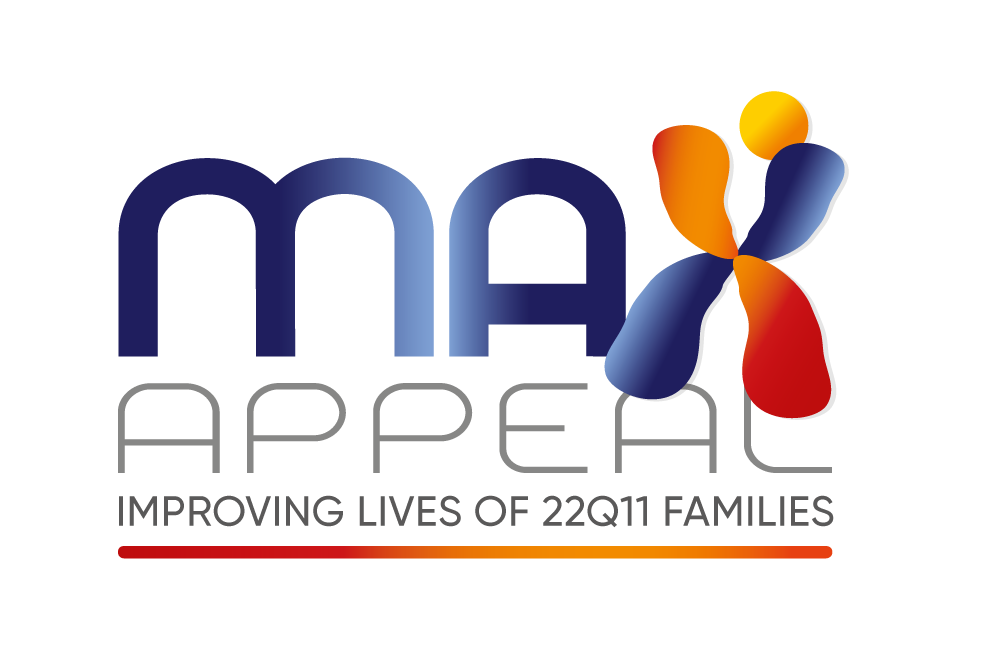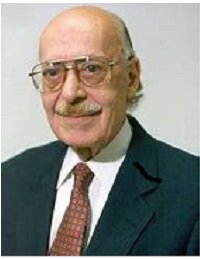Background History
A Bit of Background History
What are DiGeorge syndrome and Velo-Cardio-Facial Syndrome?
Both of these conditions generally have the same underlying cause and that is some missing genes on one of the 22nd chromosomes, specifically a 22q11.2 deletion. They are part of a spectrum of disorders that is increasingly referred to as 'deletion 22q11 syndrome'.
The name given to your child's condition very much depends upon the nature of the symptoms your child has and where and by whom your child was diagnosed. A 'syndrome' is a collection of symptoms or findings that have been seen to regularly occur together. 'Congenital' refers to something that developed during pregnancy, ie you were born with it.
Dr Angelo DiGeorge
Dr Angelo DiGeorge was an endocrinologist in Philadelphia and he noticed in 1965 the association of symptoms seen occurring regularly together of no thymus gland, hypocalcaemia and complex heart defects. This is now classically DiGeorge Syndrome.
Dr Robert Shprintzen is a speech and language pathologist working in Syracuse. In 1978 he noticed that children with soft palate (the velum is the soft palate) and speech problems often had complex heart defects and shared facial features. Thus he coined the name: Velo-Cardio-Facial Syndrome, this is sometimes referred to as Shprintzen Syndrome. He founded the VCFSEF. www.vcfsef.org
Dr Robert Shprintzen
It is, however, believed that these conditions were first described in 1955 by Dr Eva Sedlakova, an otolaryngologist from Prague. Her papers described the (then un-named) syndrome through her clinical observation of a cohort of 26 patients between 1950 and 1954 with congenital shortening of the soft palate and associated anomalies. It is thought that these papers gained little recognition as they were written in Czechoslovakian and were subject to the consequences of cold war politics.
Is this a rare condition?
The 22q11.2 deletion is the most common sub-microscopic deletion. It is currently estimated that around 1 in 1,800 births are affected and this rate is constantly being reviewed. It is the most common cause of congenital heart defects after Down's syndrome. The piece of missing genetic information is so small that it cannot be seen under a microscope and so a special test, called the FISH test (fluorescence in-situ hybridisation), has been developed. This has only been available in the last few years and so it is likely that your GP may not have heard of the condition. You should be offered genetic counselling by your hospital or doctor.
How does it affect a person?
The extent to which your child is affected is extremely variable and almost impossible to predict. There are approximately 180 anomalies caused by the deletion, and each individual could be affected by many (but NOT all!) or just a few or have no discernible problems at all.
It is a spectrum of disorders. Many early problems make dramatic improvements in jumps and starts. It is important to note there is no pattern to the difficulties children encounter by junior school age, for example, if your child has a complex heart defect then it does not mean that they will also have other severe symptoms.


